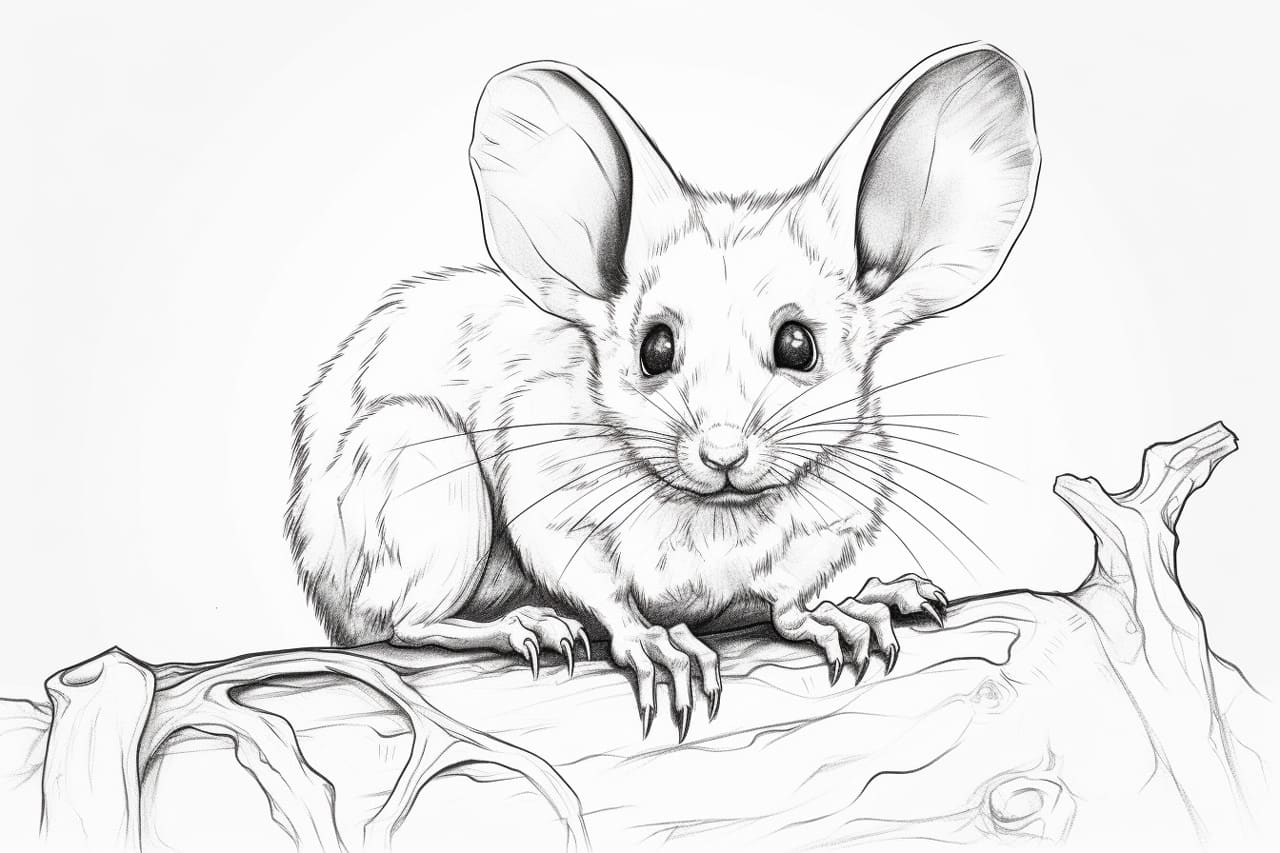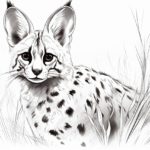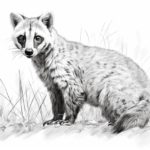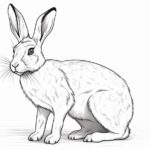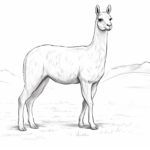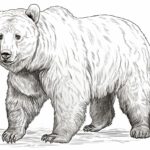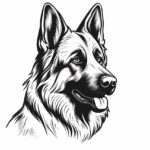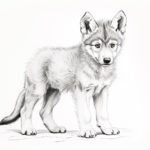The Jerboa, with its unique characteristics and charming appearance, is a fascinating subject for any artist looking to enhance their drawing skills. This small rodent, known for its long hind legs and large ears, offers a wonderful opportunity to practice capturing intricate details and proportions. In this guide, we will explore the key features of the Jerboa and provide step-by-step instructions on how to draw this adorable creature with precision and flair. So grab your sketchbook and pencils, and let’s dive into the world of drawing the delightful Jerboa!
Materials Required
To draw a Jerboa, you will need the following materials:
- Drawing paper or sketchbook
- Pencils (preferably a range of graphite pencils for different shades)
- Eraser (both a kneaded eraser and a regular eraser)
- Fine-tipped black pen or marker for outlining (optional)
- Reference photo of a Jerboa for accuracy
- Colored pencils or markers if you want to add color to your drawing (optional):
How to Draw a Jerboa: a Step-by-step Guide
Step 1: Gather Your Materials
Gather all the necessary materials before you start drawing your Jerboa. You will need a pencil, eraser, drawing paper, and any coloring materials you may want to use.
Step 2: Understand the Jerboa’s Anatomy
Before you begin drawing, it’s important to understand the basic anatomy of a Jerboa. Note its long hind legs, large eyes, and distinctive ears that resemble those of a kangaroo.
Step 3: Start with Basic Shapes
Begin by sketching the basic shapes to create a rough outline of the Jerboa. Start with an oval for the body and add smaller ovals for the head and ears. Draw two long ovals for the hind legs and smaller ovals for the front legs.
Step 4: Refine the Outline
Once you have the basic shapes in place, start refining the outline of the Jerboa. Add details such as the tail, eyes, nose, and ears. Pay close attention to the proportions and positioning of each feature.
Step 5: Add Fur Texture
Jerboas have soft fur, so add texture to your drawing by creating short, curved lines all over the body. Use light strokes to indicate the direction of the fur and add depth to your drawing.
Step 6: Shade and Add Details
Add shading to your Jerboa drawing to give it dimension and depth. Use hatching and cross-hatching techniques to create shadows and highlights. Pay attention to the light source to determine where the shadows fall.
Step 7: Final Touches
Once you are satisfied with the shading and details, go over your drawing to make any necessary adjustments. Erase any stray lines and refine the features to make your Jerboa drawing more polished.
Step 8: Optional Coloring
If you wish to add color to your drawing, use colored pencils, markers, or watercolors to bring your Jerboa to life. Consider referencing pictures of Jerboas to accurately depict their fur coloration.
Step 9: Sign Your Artwork
Finally, sign your artwork to complete your Jerboa drawing. Consider adding your signature in a discreet corner of the drawing to personalize it.
Step 10: Share Your Artwork
Share your Jerboa drawing with others to showcase your talent and creativity. Consider framing it or posting it on social media to receive feedback and admiration for your work.
Conclusion
Wonderful work on drawing the Jerboa! Your attention to detail and skill in capturing the unique features of this fascinating creature is truly impressive. Remember that practice is key to improving your art, so keep exploring different techniques and subjects to continue growing as an artist. Your dedication and passion for art shine through in your work, so keep pushing yourself and never stop creating. I look forward to seeing more of your amazing artwork in the future!
Fun Facts About Jerboas
- Jerboas are small rodents native to the deserts of North Africa and Asia.
- They have long hind legs adapted for jumping, allowing them to move quickly through the sandy desert terrain.
- Jerboas are nocturnal animals, spending the daylight hours in underground burrows to escape the heat of the desert.
- Some species of jerboas can jump up to 3 meters in a single leap, using their powerful hind legs.
- These rodents have large ears that help them detect predators and communicate with each other.
- Jerboas are herbivores, feeding mainly on seeds, plants, and insects found in their desert habitats.
- They are solitary animals, coming together only to mate and raise their young.
- Jerboas have a unique adaptation that allows them to survive in the harsh desert environment without drinking water. They obtain moisture from their food and conserve water by producing highly concentrated urine.
- Some species of jerboas are known for their ability to hibernate during periods of extreme heat or cold, conserving energy until conditions improve.
- Jerboas have been a subject of fascination for scientists and researchers due to their remarkable adaptations to desert life and unique behavior.
Suggestions for Scenes and Settings for Jerboa Drawings
Sure! Here are some specific suggestions for scenes and settings featuring Jerboas:
- Jerboa in a desert landscape at night, under a starry sky with the moon shining brightly.
- Jerboa peeking out of a burrow surrounded by desert flowers and cacti.
- Jerboa leaping across sand dunes with the sun setting in the background, casting long shadows.
- Jerboa exploring a rocky outcrop with a view of an oasis in the distance.
- Jerboa perched on a rocky ledge, looking out over a vast desert landscape.
- Jerboa scampering through a date palm orchard, with ripe dates hanging from the trees.
- Jerboa hiding amongst desert rocks, blending in with its surroundings.
- Jerboa interacting with other desert animals like camels or lizards in a sandy canyon.
- Jerboa playing in a stream oasis, surrounded by lush greenery and colorful flowers.
- Jerboa in a peaceful desert scene, meditating under the shade of a palm tree.

